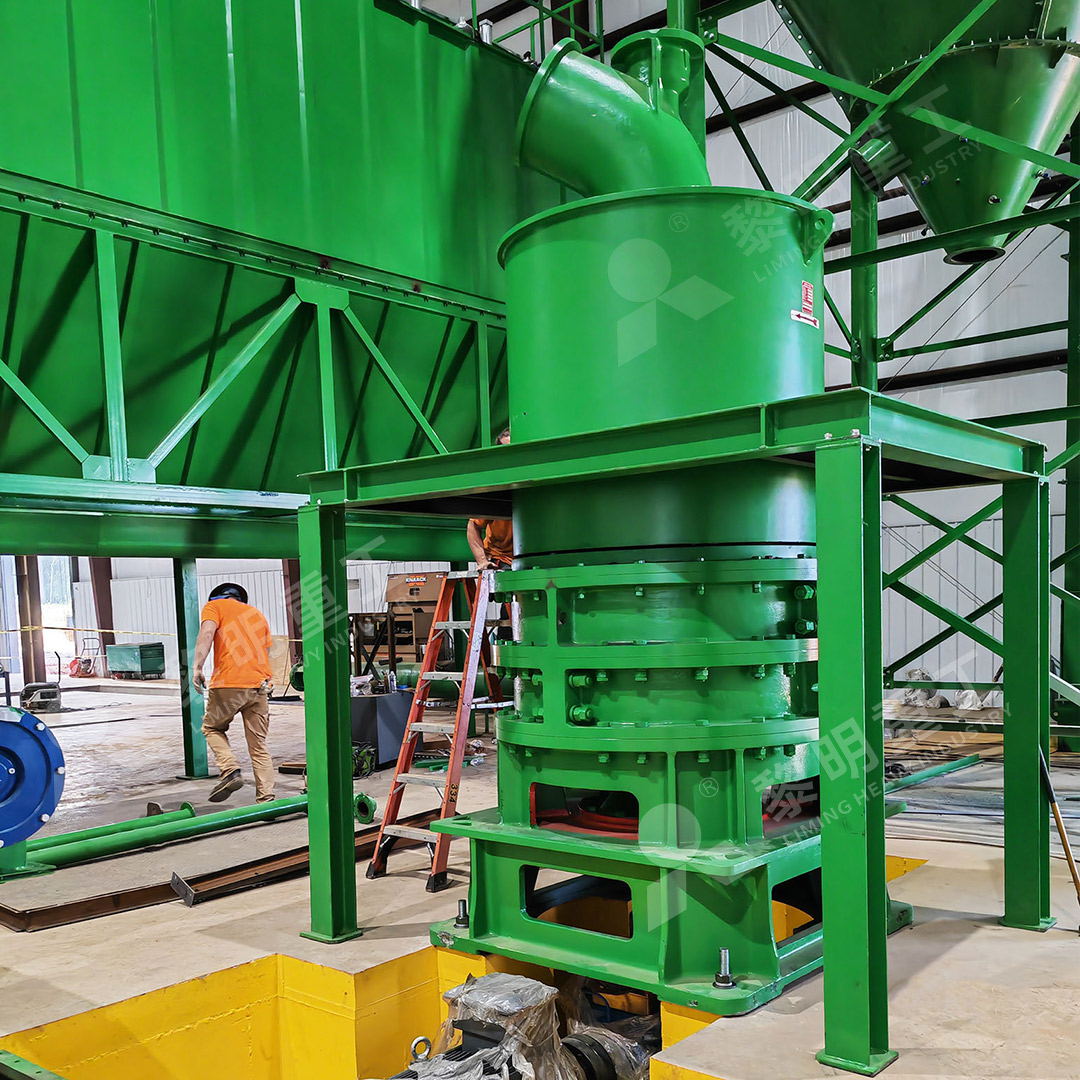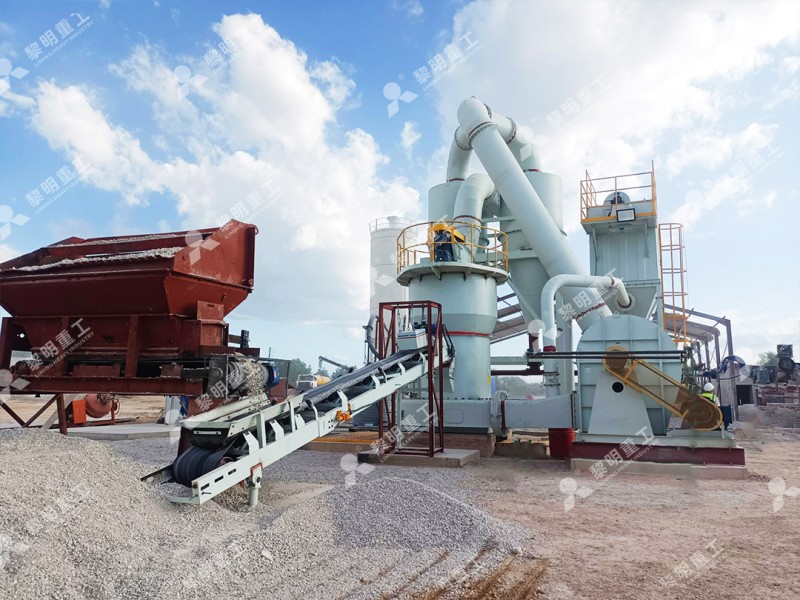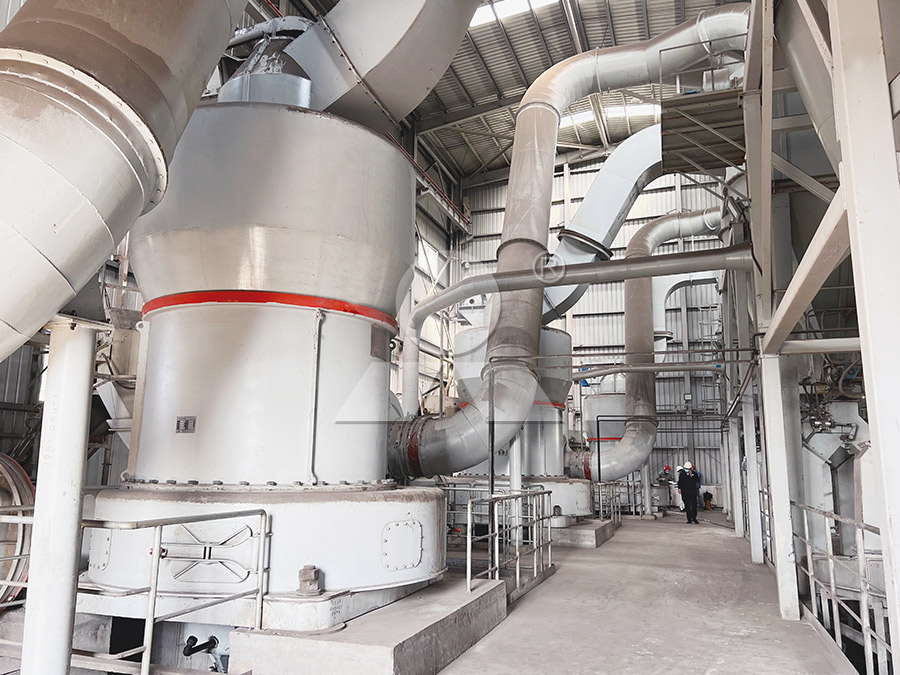Raymond Mill Manufacturer – Liming Heavy Industry: Key Factors for Choosing Industrial Grinding Equipment
Raymond Mill Manufacturer – Liming Heavy Industry: Key Factors for Choosing Industrial Grinding Equipment
Selecting the right industrial grinding equipment is one of the most critical decisions facing operations managers and plant engineers today. With numerous options available, making an informed choice requires careful consideration of several technical and operational factors. As a leading Raymond Mill manufacturer with decades of experience, Liming Heavy Industry understands these challenges intimately.
The grinding process sits at the heart of many industrial operations, directly impacting product quality, production costs, and overall operational efficiency. When evaluating grinding equipment, several key factors demand thorough assessment.
Material Characteristics and Processing Requirements
Understanding your raw material properties is the foundational step in equipment selection. Key material characteristics include hardness, moisture content, abrasiveness, and desired final particle size distribution. Different materials respond uniquely to various grinding mechanisms, making this analysis essential for optimal performance.
For operations requiring ultra-fine powder production with fineness ranging from 325 to 2500 meshes, specialized equipment becomes necessary. In such cases, our MW Ultrafine Grinding Mill represents an excellent solution. This advanced machine incorporates German cage-type powder selector technology, enabling precise control over final product specifications while maintaining high production efficiency.

Production Capacity and Operational Efficiency
Matching equipment capacity to your production requirements prevents both underutilization and bottlenecks. Beyond maximum throughput, consider the efficiency curve across different operating points. Modern grinding mills should deliver consistent performance while minimizing energy consumption per ton of processed material.
The MW Ultrafine Grinding Mill demonstrates this efficiency principle effectively. With capacity ranging from 0.5 to 25 tph and input size handling up to 20 mm, it achieves production rates 40% higher than jet grinding mills and double that of ball grinding mills, while reducing system energy consumption to just 30% of jet mill requirements.
Environmental Compliance and Workplace Safety
Contemporary industrial operations must address environmental concerns and worker safety comprehensively. Dust control, noise reduction, and emission management are no longer optional considerations but essential requirements for sustainable operations.
Our engineering philosophy integrates these concerns directly into equipment design. The MW Ultrafine Grinding Mill incorporates an efficient pulse dust collector and muffler system, effectively containing particulate matter and reducing operational noise. The absence of rolling bearings and screws within the grinding chamber eliminates common failure points while enhancing operational safety.

Maintenance Requirements and Operational Reliability
Downtime represents one of the most significant hidden costs in grinding operations. Equipment design should facilitate straightforward maintenance while ensuring long-term reliability. Features like external lubrication systems and accessible components dramatically reduce maintenance time and complexity.
For operations prioritizing minimal maintenance intervention, our LUM Ultrafine Vertical Grinding Mill offers compelling advantages. Its reversible structure allows grinding rollers to be easily moved out of the body for inspection and maintenance, while double position-limiting technology ensures operational stability even under challenging conditions.
Technology Integration and Future-Proofing
Modern grinding equipment should incorporate digital controls and monitoring capabilities to support Industry 4.0 initiatives. The ability to precisely control grinding parameters, monitor performance in real-time, and integrate with plant automation systems represents a significant operational advantage.
Both our MW and LUM grinding mills feature advanced control systems that enable precise adjustment of grinding pressure, rotational speed, and other critical parameters. This digital integration ensures consistent product quality while providing the operational flexibility needed to adapt to changing production requirements.

Comprehensive Support and Parts Availability
Even the most reliable equipment requires occasional maintenance and parts replacement. Supplier reliability, technical support quality, and parts availability significantly impact long-term operational costs. Liming Heavy Industry maintains complete responsibility for every machine we produce, offering comprehensive technical services and genuine spare parts to ensure worry-free operation.
Choosing the right grinding equipment requires balancing multiple technical, operational, and economic factors. By carefully evaluating your specific requirements against these key considerations, you can select equipment that delivers optimal performance throughout its operational lifecycle.
Frequently Asked Questions
What is the typical lifespan of Liming Heavy Industry grinding mills?
Our grinding mills are engineered for long-term durability, with typical operational lifespans exceeding 15 years with proper maintenance. Critical wear components like grinding rollers and rings feature advanced wear-resistant alloys that significantly extend service intervals.
How does the MW Ultrafine Grinding Mill achieve higher efficiency compared to traditional mills?
The MW mill incorporates newly designed grinding curves of grinding roller and grinding ring that enhance grinding efficiency. Additionally, its innovative chamber design without rolling bearings or screws reduces energy losses and maintenance requirements.
Can your grinding equipment handle abrasive materials without excessive wear?
Yes, our mills feature wear-resistant components specifically designed for challenging materials. The MW Ultrafine Grinding Mill’s unique chamber design further protects against wear by eliminating internal components most vulnerable to abrasive damage.
What level of automation do your grinding mills support?
Our equipment features comprehensive automation capabilities, including PLC control systems, remote monitoring, and integration with plant management systems. The LUM Ultrafine Vertical Grinding Mill particularly excels in automated operation with its advanced control parameters.
How do you ensure consistent particle size distribution in final products?
We employ advanced powder separation technologies, including German-designed cage-type selectors in the MW mill and multi-head powder separating technology in the LUM mill. These systems provide precise control over particle size with screening rates achieving d97≤5μm.
